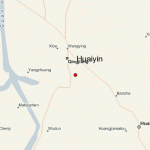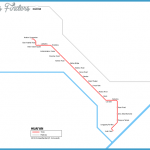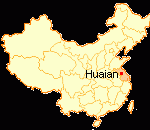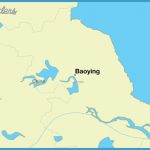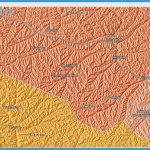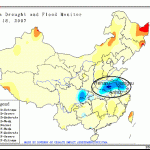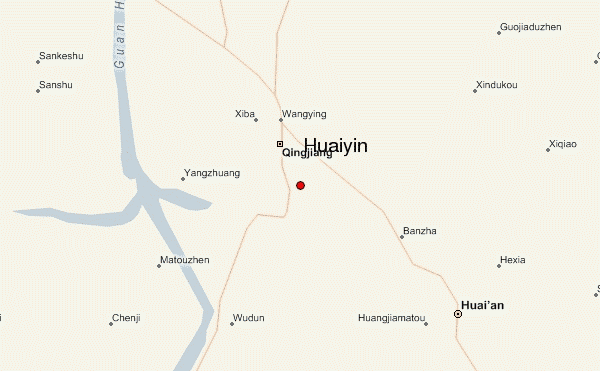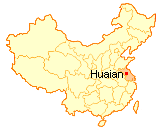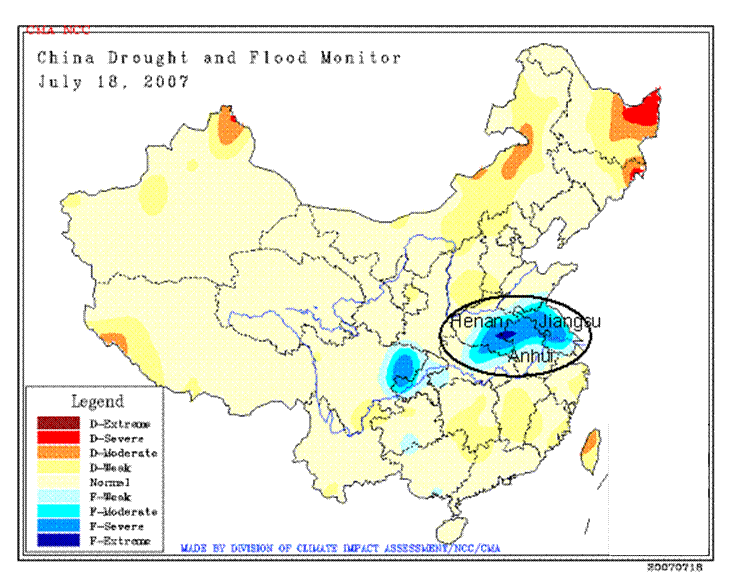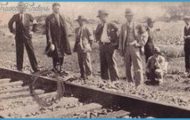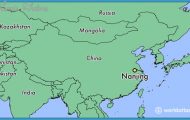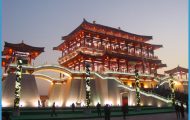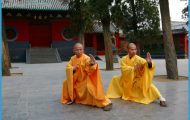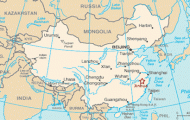Area: 1644sq.km/635sq. miles. Population: 1,100,000
Huai’an lies at 119°09’E and 33°29’N, about 200km/125 miles north ofthe provincial capital of Nanjing. The west side ofthe city is surrounded by the Great Imperial Canal. There is a bus service between Nanjing and Huai’an.
Huai’an can look back on five thousand years of history. First it was an important military stronghold. Then with the opening ofthe Imperial Canal the town experienced a boom in trade and business during the 6th and 7th c. In the 16th c. the townspeople had to defend themselves repeatedly against attacks from Japanese pirates. During the Japanese-Chinese War (1939-45) Huai’an served as a garrison for guerrilla units.
The city is the birthplace of Wu Cheng’en (1500-82), the author of the famous novel “Travels in the West”, and the politician Zhou Enlai (see Famous People).
This two-storeyed 8m/26ft high wooden tower on a brick pedestal in the centre of the city dates back in its present form to 1881. As the Huai River frequently broke its banks, causing high loss of life and extensive damage, the inhabitants gave the tower its name in the hope that by constantly keeping guard they could curb the river. It is also known as the Drum Tower (Gu Lou), after the building which previously stood here during the Song dynasty (960-1279) and which had to make way for the new building. There is a small museum inside the tower.
The house in which the famous statesman was born on August 5th 1898 lies 300m north-west of the Zhenhuai Lou (Drum Tower) in a small street. Zhou Enlai (see Famous People) lived here until 1910, when he was taken to Shenyang by his uncle. After his death in 1976 the house was restored and opened to the public.
The 44m/144ft high Wentong Pagoda, a brick building with wooden ledges, in the north-west of the city, on the east bank of the Great Imperial Canal, was erected in 984 and restored on several occasions over the centuries. Its parabolic shape is highly unusual in architectural terms.
The tombs on the west bank of Lake Hongzehu, about 150km/90 miles south-west of Huai’an, were built at the orders of the first emperor of the Ming dynasty (1368-1644) in 1387, so that his ancestors – his grandfather, great-grandfather and great-great-grandfather – might all have a place of interment befitting their rank. The approach to the tombs is lined with various holy temples and numerous stone statues of riders, officials, soldiers, lions and unicorns, etc.

